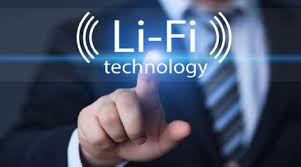Yes, they’ve been around for ages, but now we have on-the-road
testing and the beginnings of a legislative framework for the cars, they could
soon be an everyday reality. Google has announced it’s teaming up with Ford to
build self-driving vehicles, hinting at large-scale commercial production in
the near future.
While self-driving cars are grabbing the headlines, ordinary
cars are also stepping up their game. Tesla’s latest in-car software offers a
hands-free autopilot mode, while Audi’s Q7 SUV will also brake on behalf of the
driver and nudge you back into the correct lane. This type of gradual
automation may make fully self-driving cars an easier sell in the long run.


